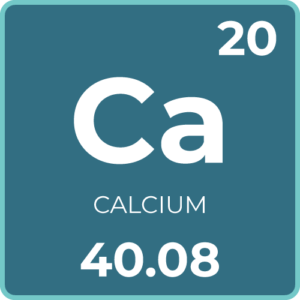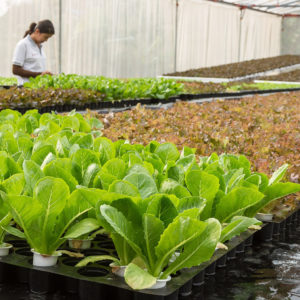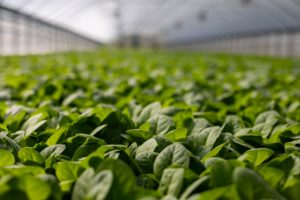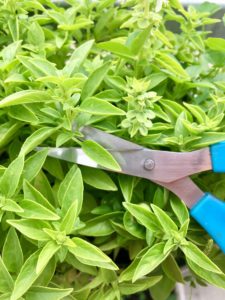What is Aquaponics?
Aquaponics refers to any system that combines conventional aquaculture (raising aquatic animals such as snails, fish, crayfish, or prawns in tanks) with hydroponics (cultivating plants in water) in a symbiotic environment.
In aquaponics fish waste provides the fertilizer, or nutrients, for plants to grow. In return, plants provide food for the fish. Rather than using a typical nutrient reservoir, like in hydroponics, an aquaponics system uses a fish tank. The idea is that you simultaneously have fish and plants grow in aquaponics.
If you want to learn about the best plants for hydroponics, check out this list.
What plants do best in aquaponics?
What the best plants are for your aquaponics system depends on experience, your system, and the fish and resources available to you.
Even so, you have plenty of choices since most plants do really well in aquaponics. If you’re starting out and looking for some fast growing plants that require little care, look into leafy greens. Watercress, kale, cabbage, swiss chard, and lettuce are always favorites for easy growing, but there are other plants that are nearly as easy.
While tomatoes, peppers, and strawberries are also good choices, they need extra care to grow in aquaponics systems.
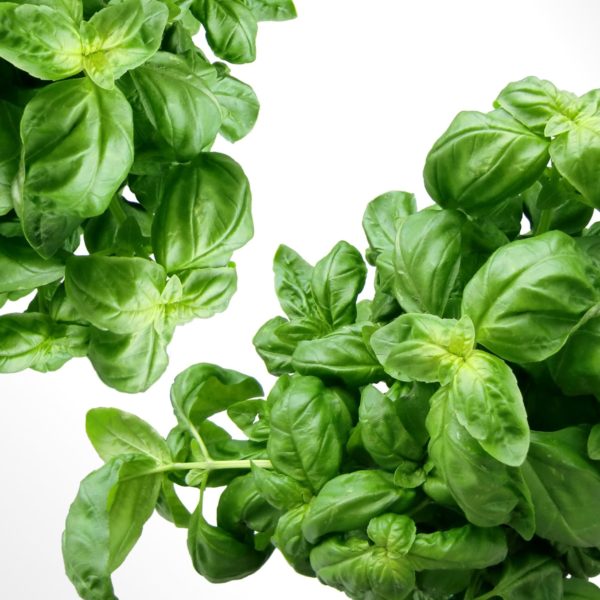
How can you tell what makes a plant ideal for aquaponics?
Tons of plants do well in an aquaponics system, but they’re not always easy, or very manageable. The best plants for aquaponics are comfortable within a typical range (meaning temperature between 68 and 86 degrees F or 20-30 C, pH range between 6.8-7.0). Not only does it make them easier to grow, it also makes them easier to grow with other plants.
When you’re starting out with aquaponics, look for tough plants that can resist adverse conditions. They’ll need less care, and they’re less likely to go into shock or get illnesses. Ideally, your plants won’t have exceptional needs, and you can practice typical care, and light monitoring.
An important part of maintaining an aquaponic system is balance. True, fast growing plants are really satisfying. But when it comes down to it, if you can’t keep harvesting, your system is out of commission until your next crop is ready. That’s why you want to blend faster growing plants with those that take more time.
Because you’re also growing live fish, you need to keep consistently growing to avoid massive fluctuations in your system. Even if the plants you harvest are alright, your fish may not be.
The best aquaponic plants for beginners
So, as we discussed, some of the most beginner friendly plants for aquaponics are leafy greens. Why is that? Leafy greens grow quickly, and don’t need extensive care. They’re also pretty hardy, in general. The hardier a plant is, the less likely it is you’ll lose a plant because of a small environmental change.
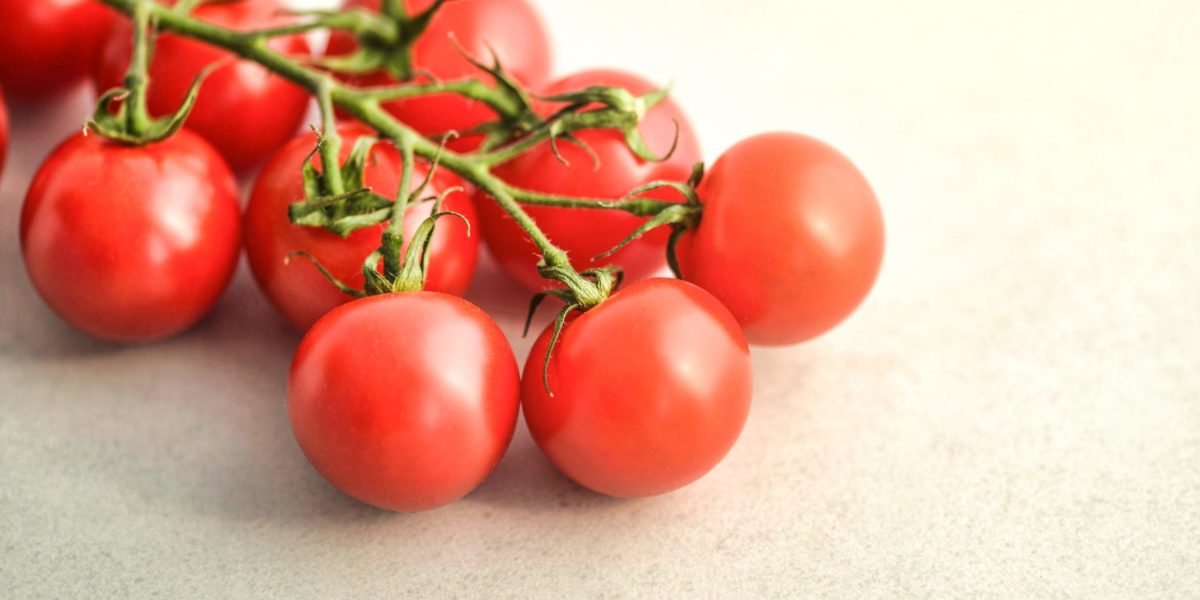
Finding plants to grow together in aquaponics
There’s nothing wrong with growing one crop in your aquaponic system, as long as you space out your planting. Still, a lot of people like to grow a variety of plants. The best way to grow different plants together is looking for compatibility. Choosing plants that pair well together is key. Unless you have separate aquaponic tanks, you can’t provide a wide range of conditions to support plants with vastly different needs. You simply cannot grow plants that need quite different things in the same system. The preferred pH of one plant could easily send another into shock, or stunt growth.
The most important factors to consider
There are some conditions that really determine whether or not a plant can grow. Many of these are environmental. In an aquaponic system, you have more control over the conditions your plants are in, especially if your system is indoors.
Look at these requirements before you put plants together:
- pH (potential hydrogen- the measure of acidity or alkalinity)
- Optimal temperature
- Range of tolerance for heat and cold
- Nutrient needs
Remember that even different varieties of some plants have different needs. Look at the varieties you want to plant for their tolerances.
The 15 Best Plants for Aquaponics
Ready to learn about the best plants for aquaponics? Our list contains some of the easiest plants for aquaponics, as well as those that require only a moderate amount of work. Most have low to medium nutrient needs and are known to be pretty tough plants. Of course, we also chose plants that you can actually use (and that you will want to use!).
Basil
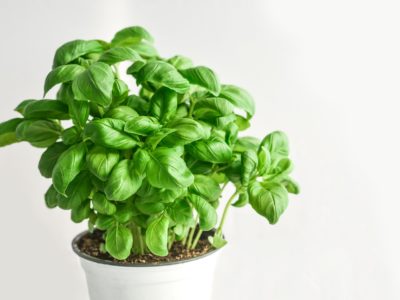
Basil grows well outdoors, indoors, in soil, or in hydroculture or aquaculture. It’s all around easy. Plus, basil is one of those plants anyone can use to up their cooking game. Any variety of basil does well in an aquaponic system, and it grows quickly too.
Cabbage
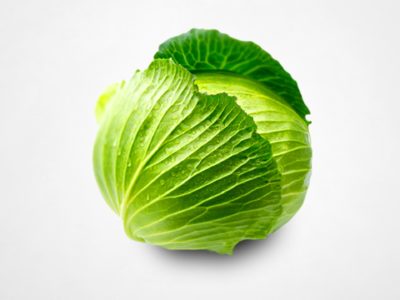
Cabbage is one of those plants you’ll want to grow if you have an outdoor aquaponic system. Since you have little control over the climate, cabbage is ideal since it tolerates a wide range of temperatures. It requires virtually no maintenance, and quickly produces a high yielding harvest. Unlike some produce, you can grow it in a smaller system and harvest earlier to save space.
Chives
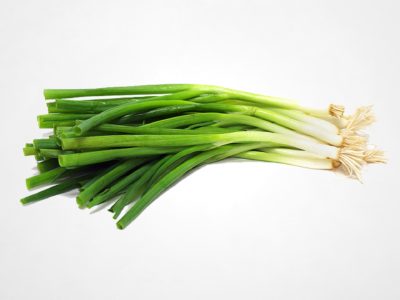
Chives are a hardy plant, and great for cooking with. Whether your aquaponics system is outdoors or in, you can count on chives to grow well. They have relatively low nutrient requirements and fit within the preferred pH range of tons of plants. Another great thing about chives is that they tolerate sudden temperature changes well and grow in a variety of climates.
Chili Peppers
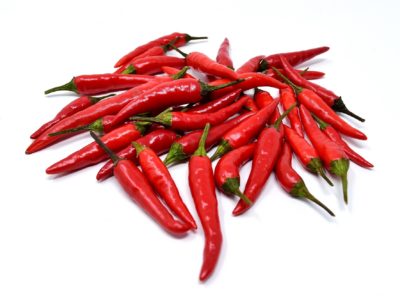
Chili peppers do require more nutrients than leafy greens, but not by much. While there are almost countless varieties to choose from, they’re generally very hardy and resilient. With so many different varieties, it’s easy to find one that suits both your tastes, and your climate. Another benefit of growing chili peppers in an aquaponic system is that you can allow the plant to grow and become a staple of your garden.
Cilantro
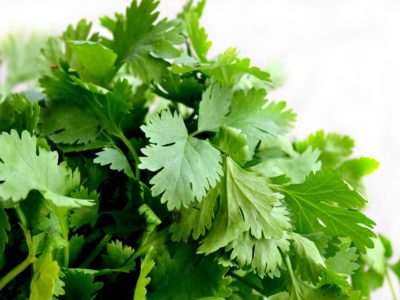
Cilantro, or coriander if you prefer, is great in aquaponics. Whether fresh or dried, it’s a staple in kitchens and dishes just about everywhere. It’s the perfect flavor addition whether you’re making salsa or an Italian dish. People with small aquaponic systems can easily grow cilantro, and it doesn’t require many nutrients either.
Duckweed
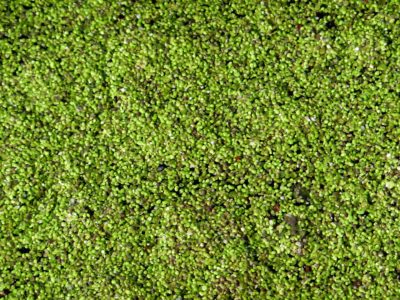
Duckweed may not be on your grocery list, but you should definitely consider it for your aquaponic system. It grows ridiculously fast and multiplies the same way. If you have plants with difficult requirements, duckweed is a great addition, since it tolerates most pH ranges and temperatures. You really don’t need to do anything for it to thrive, and as a bonus, you can feed it to your fish!
Green Peas
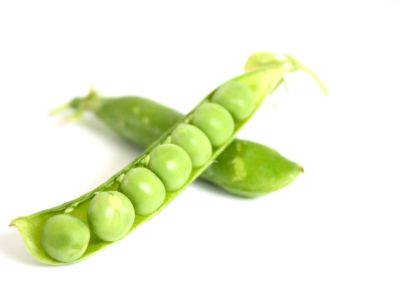
Green peas are another one of those crops you can grow in an aquaponic system and use it to make fish food. Whether you grow it for yourself or your fish, it’s undeniably versatile. Peas have good tolerances and do exceptionally well in most aquaponic systems. They do have moderate nutrient requirements, but it’s very little extra work.
Lettuce
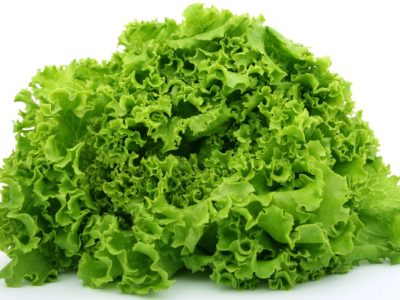
Lettuce is one of the best plants for aquaponics, especially because it thrives in wet environments. While iceberg may be at the top of your grocery list, buttercrisp is a favorite for aquaponics and hydroponics. No matter what variety you choose, it’s a plant that grows to harvest quickly with little extra care. It does best in cooler temperatures but can tolerate a fair amount of heat before bolting.
Mint
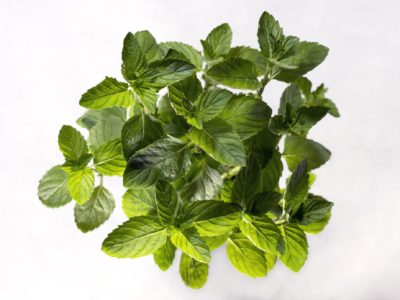
Mint is an herb that’s delightful to grow and harvest. There are plenty of varieties to choose from (over a dozen, in fact), and plenty of ways to use it. This herb doesn’t need a lot of help to grow or spread, and very little nutrients either. Another benefit of growing mint is that it does well even in a small aquaponic system.
Radish Sprouts
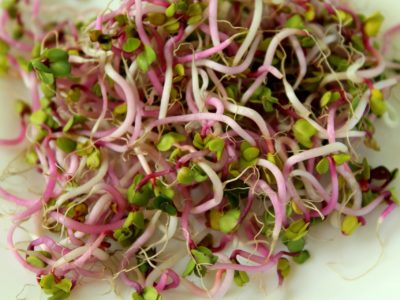
It doesn’t get much easier than radish sprouts if you are looking for a good plant for aquaponics. While you could grow them to bulbs, the sprouts are crisp and spicy, making them a great addition to a ton of dishes. They sprout faster than you might imagine and need little nutrients to get there. Radish sprouts even do well in small aquaponic systems.
Rosemary
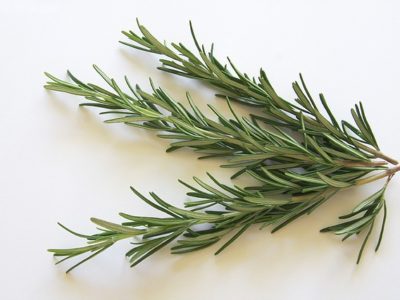
Rosemary is one of the best plants for aquaponics if you’re looking for an easy growing plant with tons of flavor. It has low nutrient requirements, tolerates a range of climates, and can be harvested a bit at a time. One of the best things about rosemary is that it also naturally repels pests- so if your system is outdoors, consider adding this plant.
Spinach
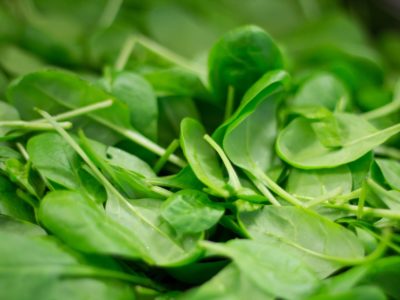
Spinach is a rich source of nutrients, although it requires very little to thrive. This is a plant you can harvest a bit at a time to keep your system balanced. It even tolerates cool weather and shade well. If you have partial sun plants in your aquaponics system, consider adding some spinach to the shadier parts to make use of them.
Watercress
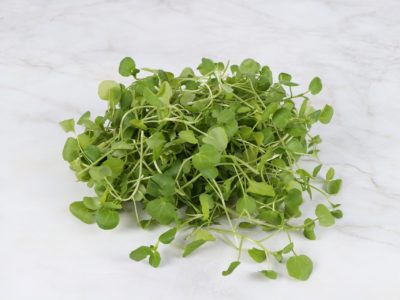
Watercress is a fast growing leafy green that compliments a wide variety of cuisines with its peppery flavoring. It’s not just about flavor though; watercress is good for you too. It’s high in vitamin C, as well as vitamins A and K. Plus, it’s packed with antioxidants. It’s one of the best plants for aquaponics because it is very easy to grow, and it does grow and spread quickly. Watercress doesn’t need any special care, but if it spreads too quickly consider moving it to a separate tray.
Wheatgrass
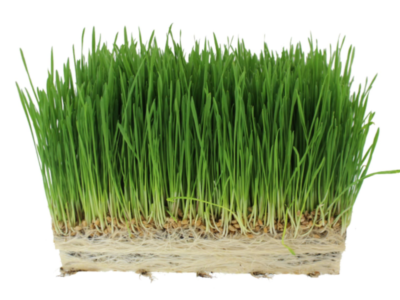
Wheatgrass is the ultimate trending superfood, and it’s no wonder why with the 90+ vitamins and minerals it packs in. It’s incredibly healthy as an addition to smoothies and other mixed treats. With very low nutrient requirements, and the ability to grow quickly in systems of any size, it’s an ideal aquaponic plant.
Reference Chart
This chart can help you determine the needs of plants to grow in your aquaponics system. Please note that while these are the general requirements, certain varieties will have requirements in slightly different ranges.
Likewise, the planting times won’t be relevant if your aquaponic system is indoors. These are general planting times and may vary depending on your location and climate.

Frequently Asked Questions
Can I grow tomatoes in an aquaponics system?
Tomatoes do pretty well in an aquaponics system, they just take a little more work on your end. Tomatoes are great for any type of water culture system, but you need a setup that allows plants to grow and vine properly. If you have an outdoor aquaponics system, you can set up a trellis for tomatoes, peppers, strawberries, or other climbing plants to cling to.
How do you choose fish for aquaponics?
Since plants grow in aquaponics with fish, aquaponics systems are often used as a way to grow both for food. Besides that, your typical tropical fish tank varieties aren’t really suited to most aquaponics systems.
Tilapia, trout, carp, and catfish are some of the favorite fish to use. The important things to look at are how well these fish do in a tank sized for your system, and how well they can tolerate the environment.
It’s also important to note that some fish just shouldn’t be put in aquaponics systems with others. If you end up having all your fish destroy each other, your system at large will fail. Make sure when you combine the two in aquaponics, plants, and fish you choose can handle the same pH and temperature.
Do plants grow faster in aquaponics?
Much like hydroponics, and any other water culture system, plants can grow faster in aquaponics systems. In fact, they almost always do.
For example, lettuce that grows in aquaponics can take as little as 28 days. Lettuce that grows in soil can take anywhere from 60 to 100 days. It‘s the same with most plants whether you grow tomatoes, swiss chard, cucumbers, or anything else. Because aquaponics doesn’t rely on soil to provide nutrients (and the fish take care of that part), you give plants the best fertilizer possible.
